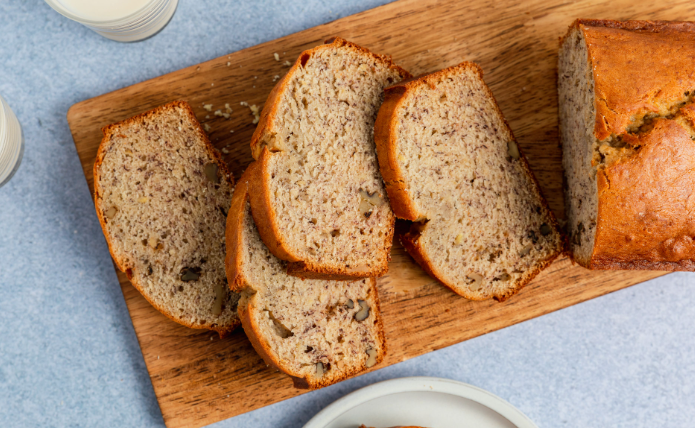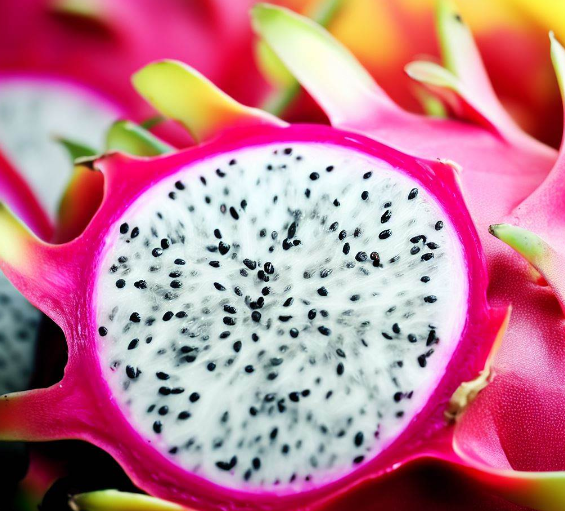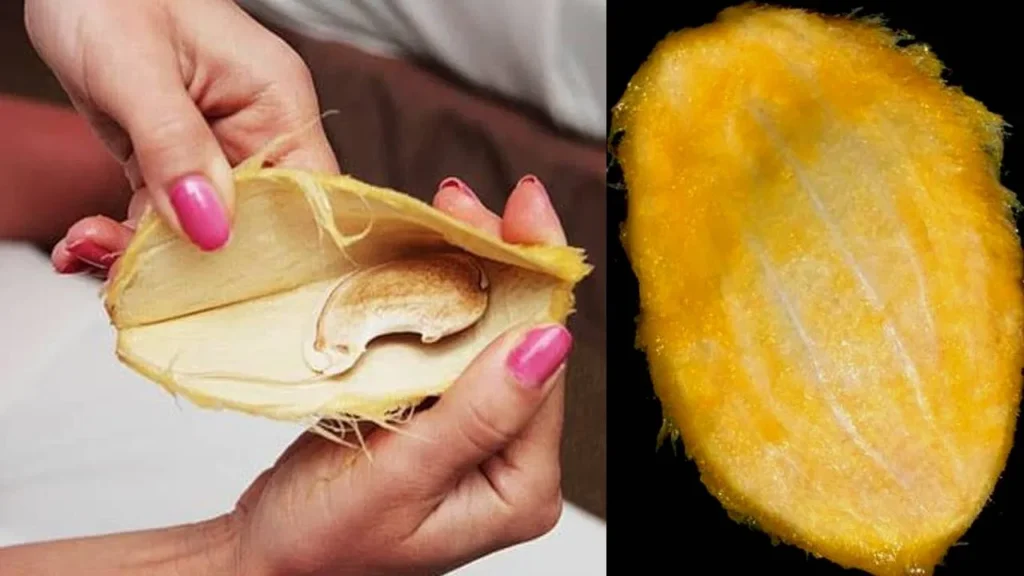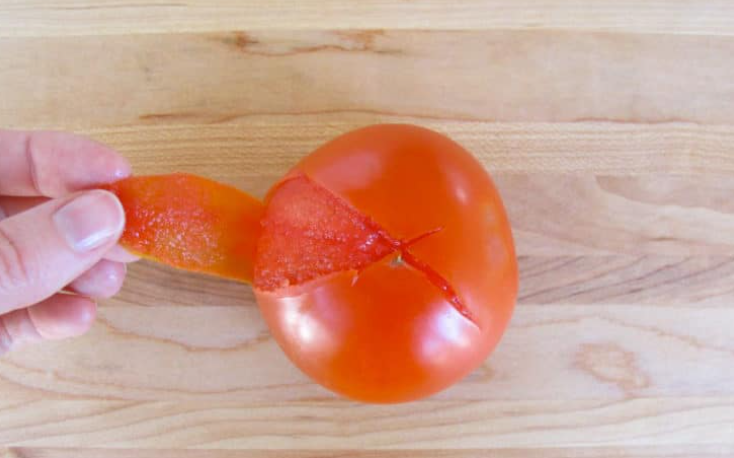The Kousa Dogwood tree (Cornus kousa) is a lovely tree from East Asia. You can spot it by its beautiful white or pink flowers that bloom in late spring.
This tree isn’t just pretty. It also has cool bark that peels off and leaves that turn pretty colors in the fall. But the really interesting thing is its fruit. This has got us wondering if we can eat it or not.
Table of Contents
What Does the Kousa Dogwood Fruit Look Like?
The Kousa Dogwood’s fruit looks a little like raspberries or strawberries. When they’re ready to eat, they turn a bright red or orange-red. But can we actually eat them?
What’s in Kousa Dogwood Fruit?
The fruit is not just tasty—it has good stuff for your body too. Let’s see what’s inside:
- Vitamin C: This helps you stay healthy and makes your skin look good.
- Antioxidants: These stop harmful things from hurting your cells.
- Fiber: Good for digestion and keeping your cholesterol in check.
Can We Eat Them?
Some people really like how Kousa Dogwood fruit tastes. They say it’s sweet and reminds them of tropical fruits like guava or papaya. Others don’t think it’s that great. Everyone has their own taste, so it’s up to you to decide if you like it.
Fun Ways to Eat Kousa Dogwood Fruit
You could just pick the fruit and eat it, or you could try using it in different recipes. Here are some ideas:
1. Make Jams and Jellies
Turn the Kousa Dogwood fruit into yummy jams and jellies. They’re good for your toast, and you can also give them as gifts.
2. Add Them to Desserts and Cake
Get creative with your sweet treats. Try adding the fruit to pies, cakes, and other desserts for a unique flavor.
3. Make Drinks
You can also put Kousa Dogwood fruit in water, tea, or even cocktails to make special drinks.
How to Pick and Eat Them Safely
If you’re going to try the fruit, remember to do it the right way:
- Know Your Tree: Be sure it’s a Kousa Dogwood so you don’t eat the wrong fruit.
- Wait for Ripeness: Pick the fruit when it’s fully red or orange-red, that means it’s ripe.
- Keep It Clean: Always wash the fruit before you eat it or cook with it.
To Wrap It Up
Finding new foods to try is exciting, and Kousa Dogwood fruit is something new you might want to try. Even if not everyone loves the taste, it’s still fun to try, and it’s healthy too. So if you see this tree, go ahead and explore the taste of Kousa Dogwood fruit.









